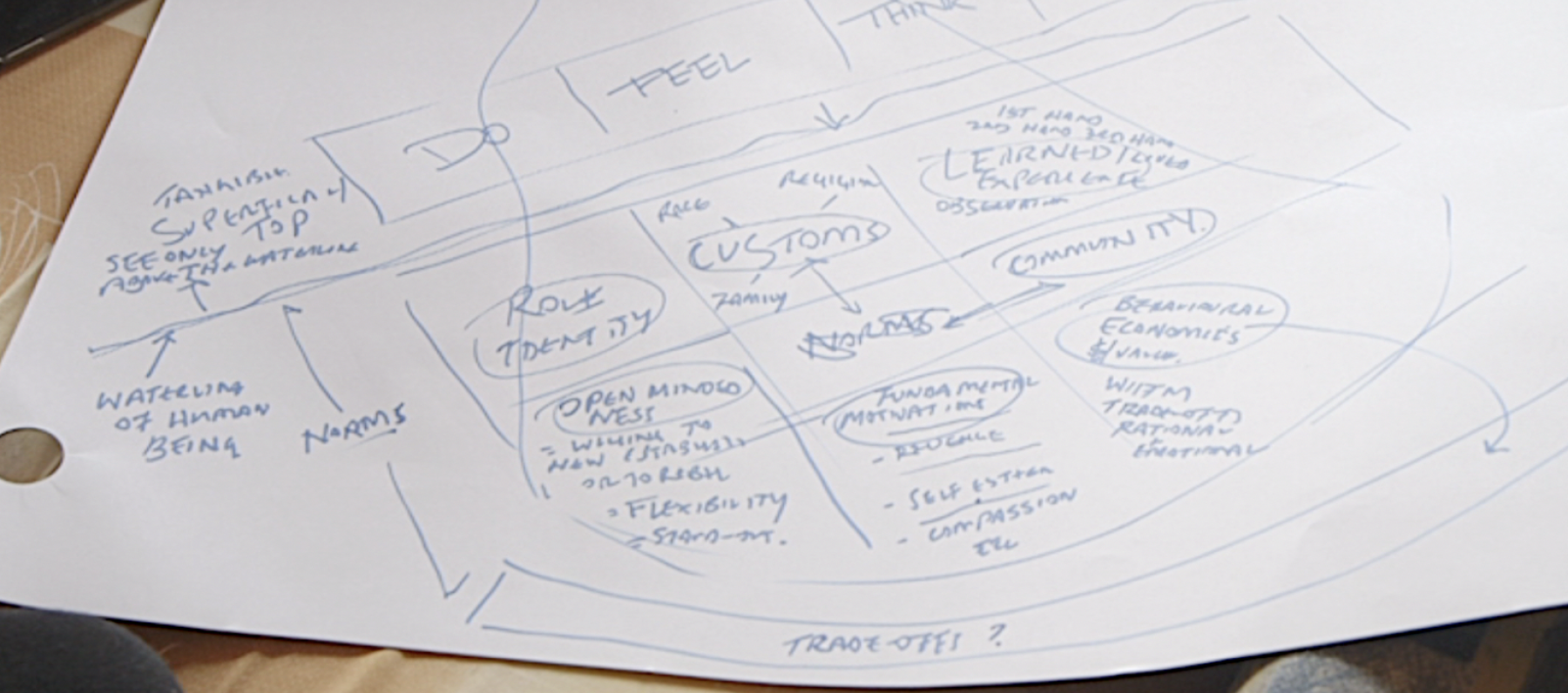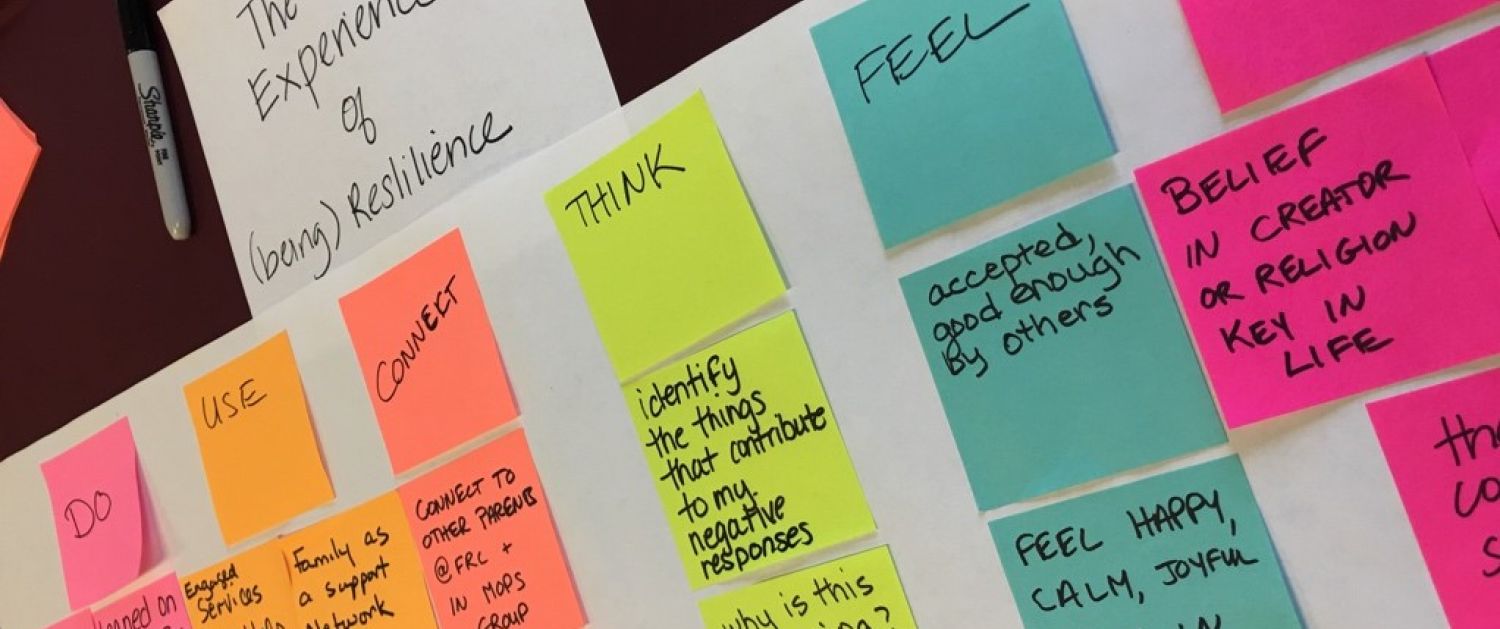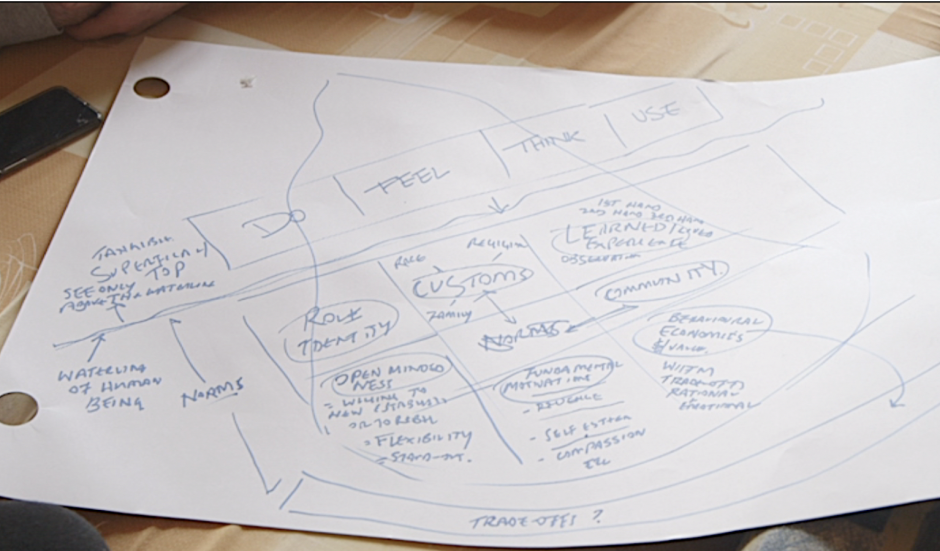Sign up for our monthly newsletter

Design is not neutral
It’s an idea that is devastatingly simple. Almost obvious.
And yet too many of us forget it too much of the time.
Design is not neutral.
As designers working with human-centred methods to create strategies, policies, projects and programs, we show up with a determination to create positive change, tackle complex challenges and help make the world a better place.
We know the dangers of design solutions reflecting our views and preferences, so we champion engaging ‘users’ in understanding their world and their unarticulated and articulated needs. By users we mean the people who are intended to be the beneficiaries of the experience we are designing or changing.
But what if this isn’t enough? What if even when engaging with people we are doing so with the bias of our own world view?
This is what we have been considering very carefully at ThinkPlace, as part of the journey of cultural intelligence that we are on, in the context of work that we have been doing with First Nations people in New Zealand, Australia and the United States.
In New Zealand we have been challenged to think about the assumptions that sit behind models of experience originating from a western context, in contrast to models of Māori health and wellbeing, in the context of better outcomes for Māori whanau (families) experiencing disability.
While we acknowledge that there is no single model of Māori health and wellbeing, we see that there are some elements of these models that are very different to the models of human experience that have traditionally been part of our toolkit.
And this has caused us to think about these tools, examine the values that underpin them, and think about how to evolve these tools to they have the potential to be truly inclusive and therefore more deeply and widely human-centred.

Experience is not universal
At ThinkPlace we are experts in mapping human experience. It’s a big part of what we set out to do with most of our projects.
It’s not a vague or fuzzy thing. It is a tried and tested set of methods that seek to understand and record the various dimensions of human experience.
It can be argued that the origin of this quest dates back to 1998, when John Cain and Rick Robinson introduced the idea of experience-based design in their article, Experience-based Design; towards a Science or Artful Innovation. Cain and Robinson were among the earliest design practitioners to position experience as something that could be understood and designed for.
Their model proposes that there are three aspects of human experience: the cognitive domain (what people think), the behavioural domain (what people do), and the material domain (what people use).
This is a powerful idea that has shaped the very core of human-centred and design thinking practice. Our own version of this model has been ‘Do, Use, Think, Feel’.
To be clear, Cain and Robinson were specific about the context of their model—commercial innovation. We are not critiquing the model, as much as we are going deeper into an examination of a western bias about what human experience entails.
We have become increasingly aware of the shortcoming of this model when applied in the context of work that involves non-western cultures, in particular First Nations peoples. This model excludes dimensions of human experience that are at the core of who these cultures are. What’s more, they have been saying this for as long as they have been outside of the dominant western paradigm.
What are those dimensions? They include aspects such as spirituality, relationships, and ancestry, that sit within a context of collective accountability.
Why this matters
Models of experience are a powerful tool for change, but only if they describe the dimensions of experience that matter for the ‘users.’ After all, it is often said that ‘what is not acknowledged is not real.’
If we are in the business of changing systems, policies and services to work better for the people they are meant to serve, there is an imperative for us to engage with people on their terms and not ours.
If we want to craft experiences that serve people well, we need to not only understand, but enable the totality of who they are and what’s important to them. It is in this understanding and enablement that we find the opportunities for change that is truly about the people we serve—for them and on their terms.
And this is both a powerful and authentic lever for meaningful and sustainable change.
A new model or an evolving mindset?
Describing human experiences and designing preferred user experiences is a proven approach to designing, implementing and measuring change.
How we describe, and who describes, those experiences, needs careful attention. Not only do we need to be self-aware about the potential limitations of the design tools we use, we need to be open to flexing them: enabling others to influence and even change them.
The answer is not as simple as finding a new model, but about lifting our game about how we think about and use models of experience. We don’t have all the answers, but here are some steps we are taking to do this.
-
We are examining the design tools that we use and learning to see them as a starting point, not as absolutes.
-
We are evolving our tools to create more space for non-western views of the human experience, so that these models can be more illuminating, and invite inclusion.
-
We are creating co-design space, where we offer our tools, but ultimately seek to enable participants to use these tools to articulate current and desired system and service experiences from their cultural and experiential vantage point.
-
We are recognising that sometimes the best human experience model to use is one that originates with the people who are meant to be benefiting from the design or the change.
Through this process, we are not abdicating our expertise. We have a strong track record of using human-centred design in the context of complex systems to make change that matters.
But as a company unabashedly dedicated to making the world a better place, we have to continuously examine and evolve our practices.
The link between inclusion, equity and better outcomes for traditionally marginalised and underserved people is undeniable. We are all on the search for better outcomes; a key to this is to design change that is truly human-centred, taking into account all dimensions of human experience, not just the ones that we can see, or believe to be real, from a limited cultural vantage point.
FIND OUT MORE ABOUT OUR IDEAS AND WORK BY JOINING OUR CIPI COMMUNITY








